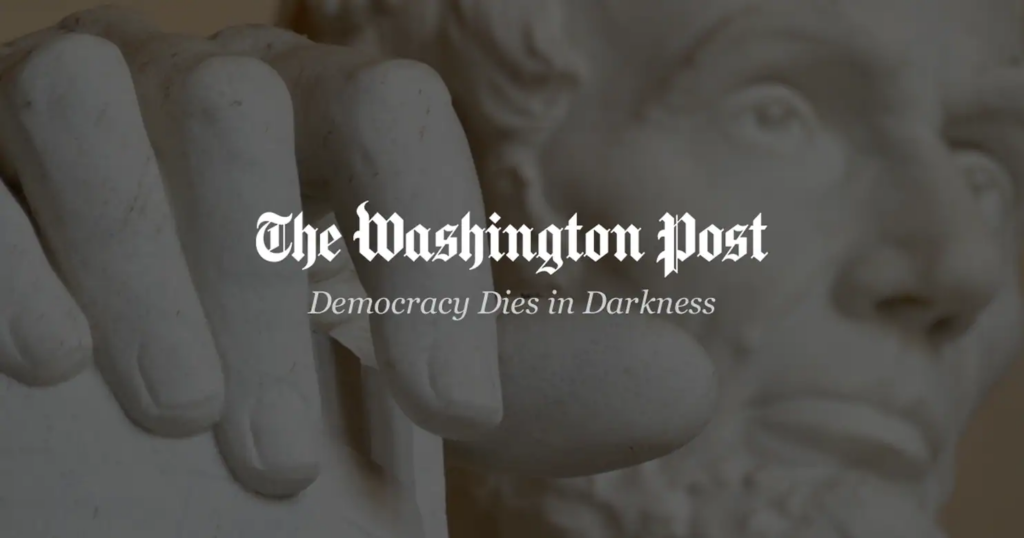The tax, however, is currently small enough that it is unlikely to deter buybacks or raise much in the way of revenue for the federal government. Considering that about $850 billion in buybacks were conducted in 2021, such a tax would have resulted in only about $8.5 billion in revenue, which is not remotely close to funding the government for a day.
Regardless, the bigger issue is that the horse has left the barn and taxes on buybacks will surely increase over time until it becomes too costly for companies, taking away what has been a major tailwind for the market. The S&P 500 Buyback Index, which seeks to track the 100 companies in the S&P 500 Index with the highest buyback ratio in the trailing 12-month period, is up 231% the past 10 years and 692% the last 20 years, topping gains of 198% and 427% for the S&P 500.
Buybacks are generally viewed two ways. The first is that they are a form of stock manipulation that enriches corporate executives who control a lot of shares. The second more benign view is that they are simply a way to increase financial leverage and earnings per share. There’s probably some truth to both opinions but, nevertheless, when a company finds that it has too much in cash and has little in the way of investment opportunities, it can return cash to shareholders through dividends or buybacks.
Buybacks are far more tax efficient for companies since dividends are taxed twice — once as corporate income and again as dividends. Buybacks are only taxed once. Taxes on buybacks would have to increase dramatically — perhaps to about 10% — before it made sense for a company to declare a dividend instead. Of course, many companies pay dividends, and some have a mix of dividends and buybacks, but a lot of this has to do with pleasing one class of shareholder over another.
My issue with buybacks is that many companies are generally terrible stewards of their own capital. An efficient use of capital is when a company buys its stock at the lows and issues stock at the highs. To be sure, studies show that most companies do it in reverse, buying stock at the highs and issuing it at the lows. Starbucks Corp. halted a $20 billion buyback program in April after just six months and the stock down about 40% from its recent highs, which is probably the exact opposite of what a company should do. It is better to give cash to shareholders at that point and let them decide what to do with the money. Starbucks said the cash would be better spent on stores and staff, and the shares have outperformed the S&P 500 since the announcement.
When Rubio proposed his buyback tax, I said that instead of taxing buybacks, the better thing to do would be to eliminate taxes on dividends, putting buybacks and dividends on an equal tax footing. I still think that idea makes sense. Of course, nobody is much in the mood to cut taxes on anything these days, so now we will have taxes on both buybacks and dividends. Lost in the tax discussion is the notion that returning cash to shareholders is good as it tends to prevent companies from embarking on foolish business ideas, which is in nobody’s interest.
More From Other Writers at Bloomberg Opinion:
The Stock Market’s Rebound Has History on Its Side: Aaron BrownMore Tax Breaks Should Be Adjusted for Inflation: Alexis LeondisHow Inflation Can Be Both 0% and 8.5% at Once: Justin Fox
This column does not necessarily reflect the opinion of the editorial board or Bloomberg LP and its owners.
Jared Dillian is the editor and publisher of the Daily Dirtnap. An investment strategist at Mauldin Economics, he is author of “All the Evil of This World.” He may have a stake in the areas he writes about.
More stories like this are available on bloomberg.com/opinion

